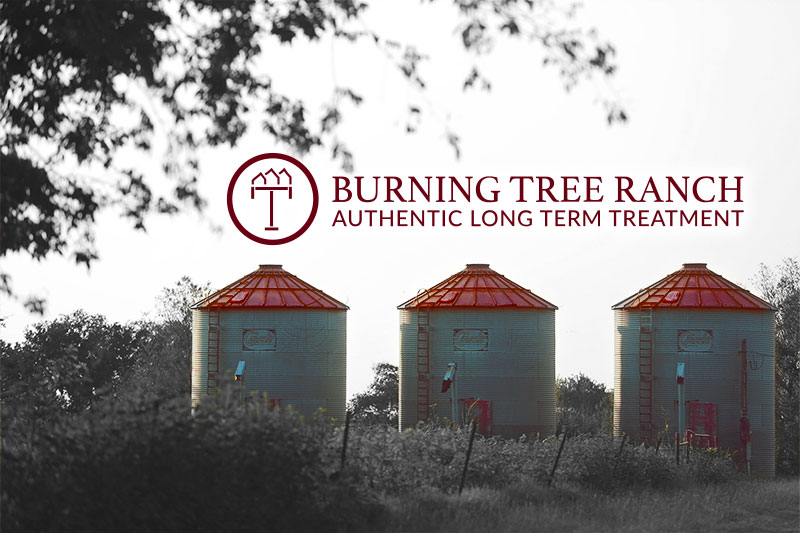Drug rates are rising throughout the nation. In a 2020 survey, more than thirty-five percent of adolescents said they used marijuana in the last year.
There are many reasons why addiction is rising. One is the lack of consideration for people with addiction. Many people regard drug use as a matter of character, requiring only willpower to overcome.
But that’s not true. Many scientists affirm a disease model of addiction that can lead to several treatments.
What is this model? How does it compare to other models? What is the disease model of addiction?
Answer these questions and you can enrich your understanding of addiction recovery. Here is your quick guide.
What Is the Disease Model of Addiction?
The Disease Model of Addiction is a widely accepted theory that conceptualizes addiction as a chronic, progressive, and relapsing brain disorder rather than a moral failing or a lack of willpower.
The National Institute on Drug Abuse has concluded that half of a person’s risk of addiction depends on their genetic makeup. The Institute is conducting more research, but they are finding genes that are present in many people with addiction.
This model seeks to provide a comprehensive understanding of the biological, psychological, and environmental factors that contribute to the development and maintenance of addiction.
Biological Factors
At the core of the Disease Model of Addiction is the understanding that addiction involves changes in the brain’s structure and function. For example, prolonged substance use can alter the brain’s reward system, impairing an individual’s ability to experience pleasure from natural rewards and increasing their dependence on substances to feel normal.
Additionally, genetic factors play a significant role in addiction. For example, research has shown that individuals with a family history of addiction are more susceptible to developing substance use disorders, suggesting a genetic predisposition.
Psychological Factors
The Disease Model of Addiction also acknowledges the role of psychological factors in developing and maintaining addiction. Co-occurring mental health disorders, such as anxiety, post-traumatic stress disorder (PTSD), or depression, can increase an individual’s vulnerability to addiction. Moreover, maladaptive coping mechanisms, low self-esteem, and poor stress management can contribute to substance use as a means of escape or self-medication.
Environmental Factors
Environmental factors, including social, cultural, and economic influences, play a significant role in shaping an individual’s risk for addiction. Poverty, a lack of access to education or healthcare, and exposure to substance use in one’s community can all contribute to the development of addiction. Additionally, early life experiences, including trauma or adverse childhood experiences, can increase an individual’s susceptibility to addiction later in life.
By viewing addiction as a disease, this model seeks to destigmatize and humanize those struggling with substance use disorders, encouraging a more compassionate and effective approach to treatment and recovery.
How Addiction Impacts the Brain
Addiction’s effects on the brain provide some of the strongest evidence for a disease model. Dopamine is a chemical that travels amongst nerves in the brain.
It creates feelings of relief and pleasure. When you eat a tasty meal or do something fun, dopamine is traveling through your brain. It encourages you to do that activity again and again.
Drugs cause dopamine to surge through the brain. The first time a person uses drugs, the dopamine rush is enormous. This encourages them to use them again.
As time goes on, the rushes become smaller and smaller. The dopamine receptors in the brain begin to change. They stop working for other pleasurable activities, encouraging the individual to use more drugs.
People do not choose to alter their brains in such a manner. It is irrational to regard addiction as a mere character fault.
Brain alterations require advanced treatment. Some people can “go cold turkey” and abandon drugs. But most people cannot, so they require a different approach to come free from drugs.
Other Models of Addiction
The most common alternate model for addiction is the moral model. It treats addiction as a moral failing, rooted in defects in the person’s character. This model stigmatizes people with addiction and has been abandoned by most medical professionals.
But other models provide useful concepts for treatment. The psycho-dynamic model links addiction to problems in childhood. This can help with inpatient practices like cognitive behavioral therapy.
The social learning model focuses on the experience of being under the influence. It notes that addiction is a learned behavior that people engage in for pleasure. This can help professionals understand the environmental factors of addiction.
The socio-cultural model looks at societal influences. It notes that disadvantaged communities have higher rates of drug use, requiring social justice measures to correct. This model encourages treatment centers to provide support for BIPOC, LGBTQIA+, and other communities.
Public health models examine how addiction creates national health problems. It helps policymakers draft measures like drug education and community awareness. It is less useful for individuals trying to get treatment.
How to Treat Addiction as a Disease
Individuals can receive personalized therapy. Attending a 12-Step program can help many people, but it doesn’t work for everyone.
You can try dialectical behavioral therapy. It is a form of talk therapy in which a therapist teaches a patient positive behaviors.
They learn distress tolerance, distracting themselves from difficult situations. They develop mindfulness, finding peace within themselves. These skills can diminish the environmental factors that can cause addiction.
Physical therapy can help mitigate pain and anxiety, which addiction can cause. An individual can go through detoxification, cleansing their body from drugs in their system.
Some people have comorbidity. They have addiction alongside another disease like bipolar disorder. Many therapies treat both conditions at the same time, allowing a person to live a full life.
Tackle Addiction Today
The disease model of addiction is a new approach to treatment. It regards addiction as a medical condition that comes from different sources, including genes.
Drugs can warp chemical receptors inside the brain. This increases dependency, making it almost impossible to overcome addiction through willpower.
Other models like the social learning model encourage professionals to emphasize therapy. Anyone with addiction can pursue personalized treatments that they carry out over years.

